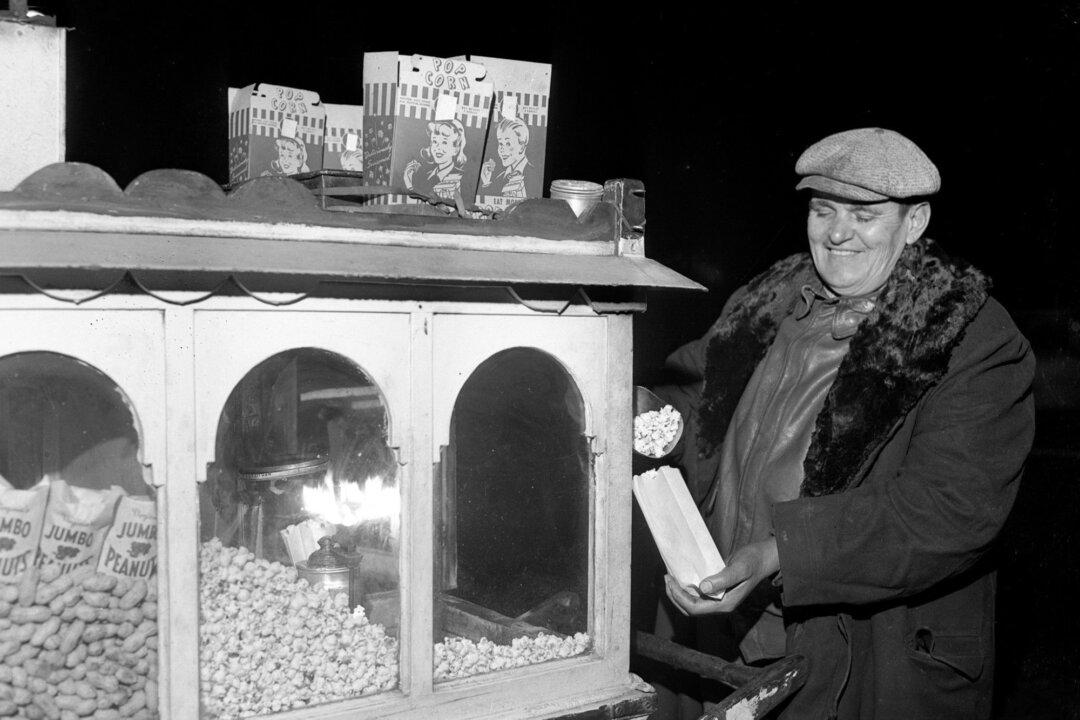By Nick Kindelsperger
From Chicago Tribune
Chicago—“Are the Chicago people fond of popcorn?” asked a Tribune reporter in an article from Dec. 2, 1883.

Chicago—“Are the Chicago people fond of popcorn?” asked a Tribune reporter in an article from Dec. 2, 1883.